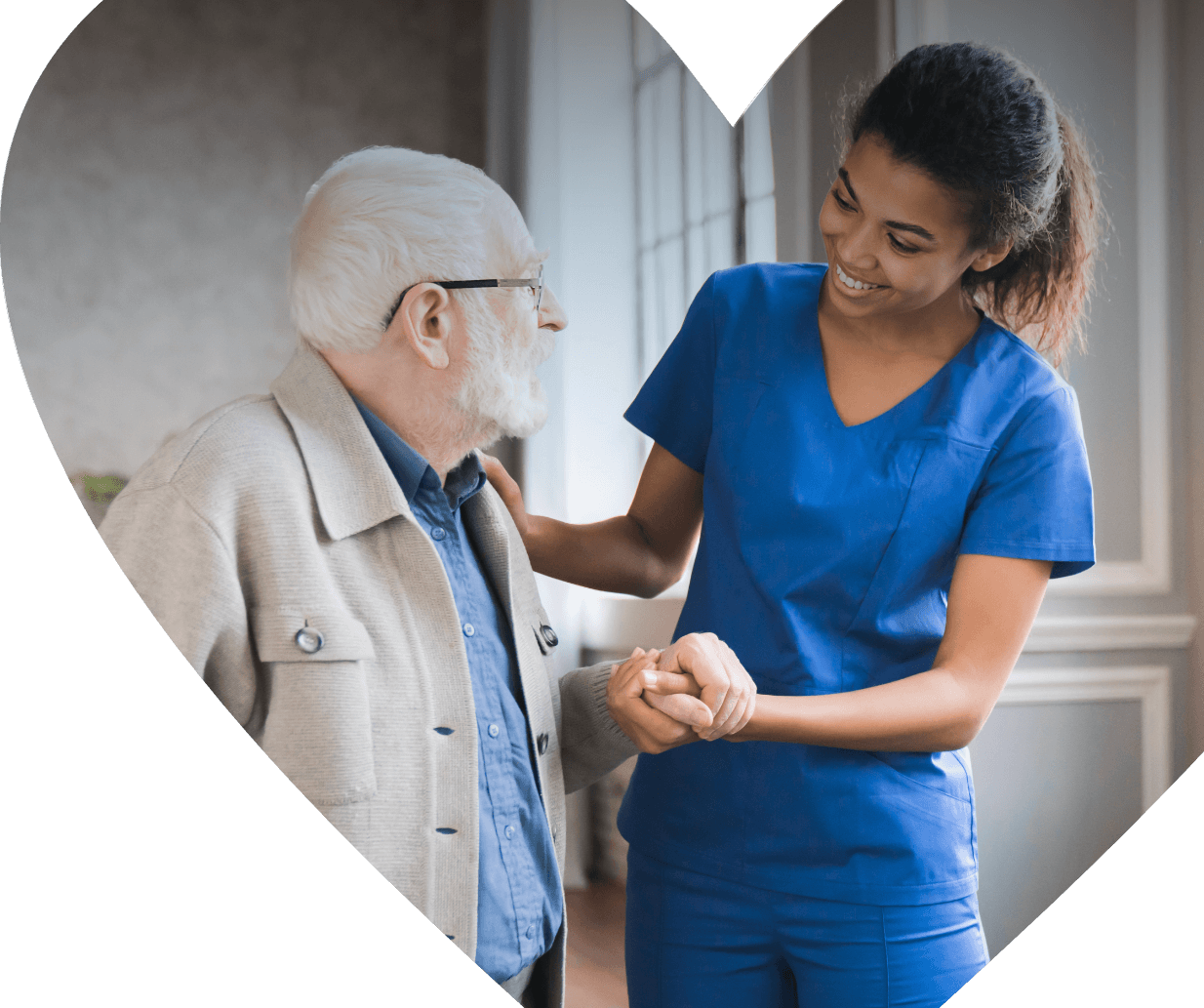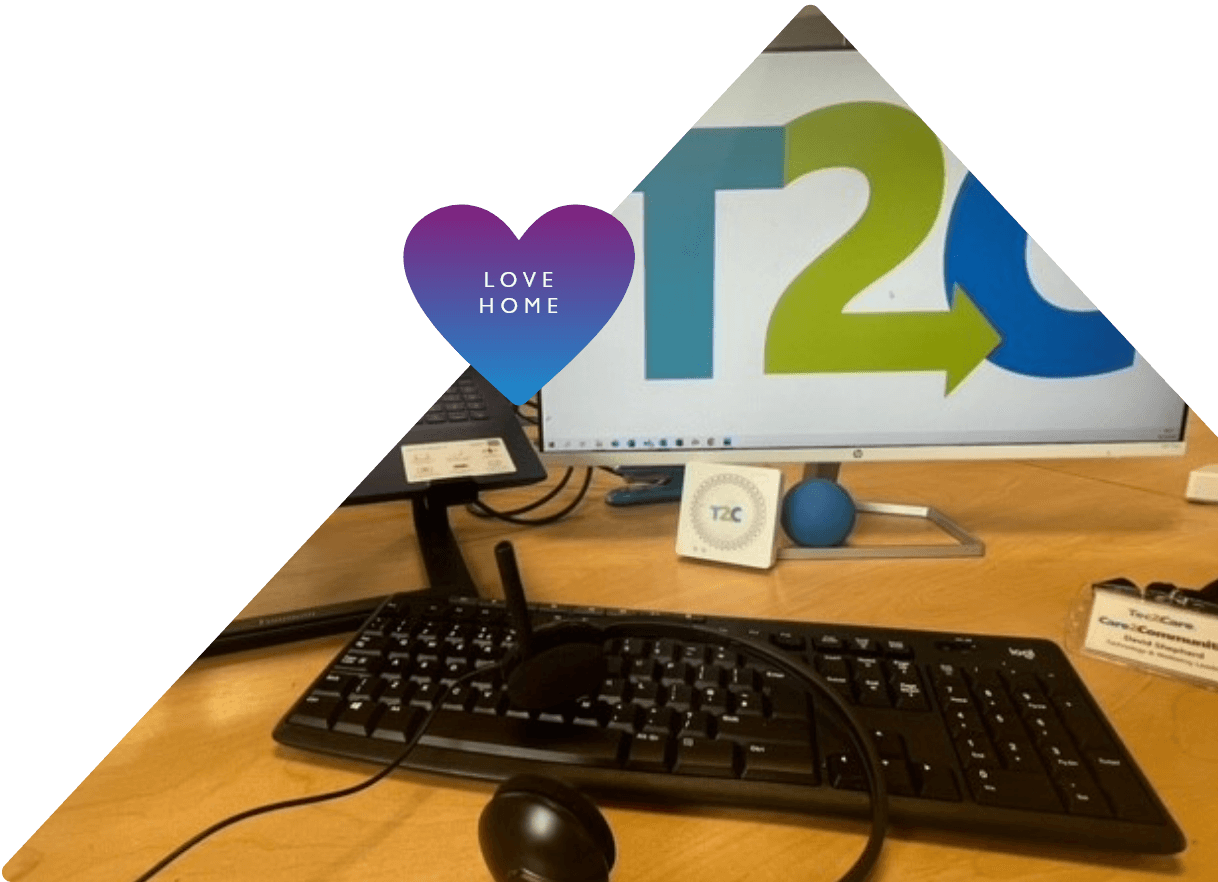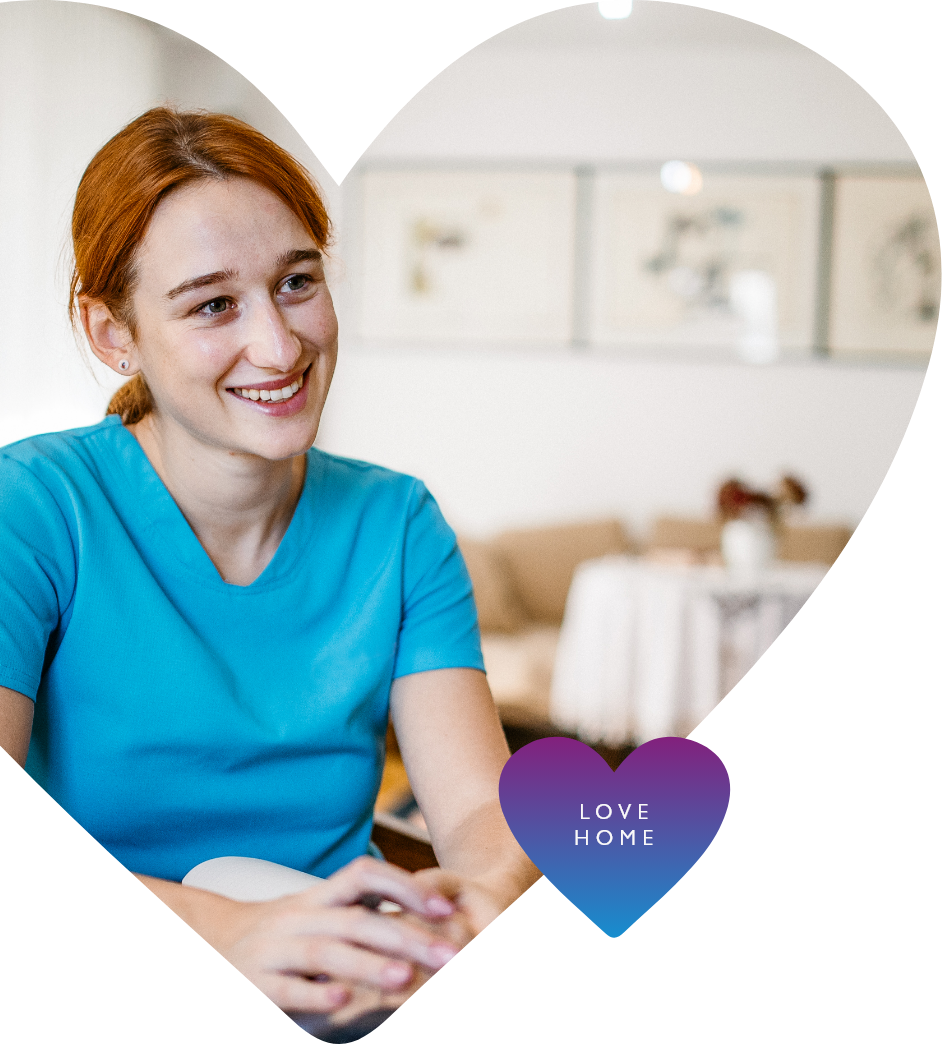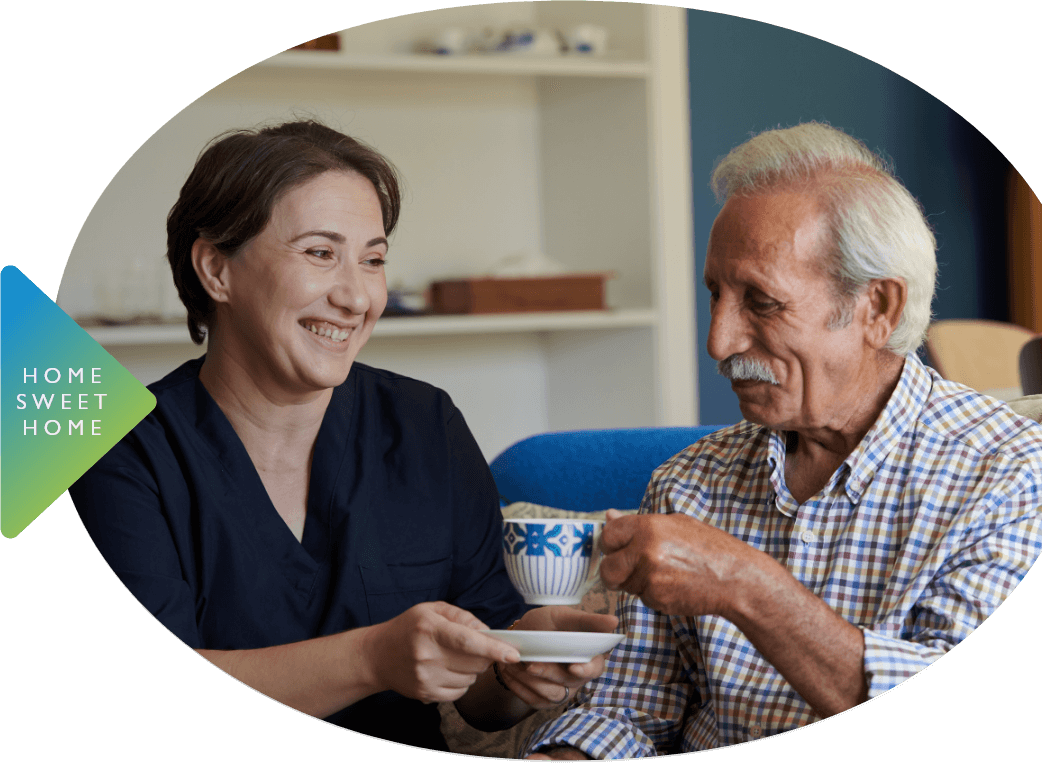

Care Monitoring
Monitoring the elderly at home may sound offputting, but it’s probably not what you’re expecting. There are no cameras,microphones or motion sensors, and they don’t capture any sensitive personal or health data. The individual doesn’t need to interact with the device at all, so it’s simpler to use and offers greater privacy than a smartphone or fitness tracker.

Here’s how it works in
5 easy steps:
This makes it easy to monitor a person’s condition at-a-glance and compare changes over time. The system generates a daily email with an overview of the individual’s status for the previous 24 hours.
Monitoring daily activities and routines
Detect illness: Gradual decreases in activity levels or changes in behaviour could indicate the onset of an illness. If someone isn’t cooking or washing up as usual, they may not be eating property. When people are ill, they may spend more time in bed or on the sofa, and not be going into the kitchen much at all. That will trigger an alert.
Fast interventions can prevent health from deteriorating and avoid hospital admissions
Identify possible falls: People with wearable fall detectors may forget to put them on or feel embarrassed to use them. If there’s been no activity in the kitchen, it may indicate that a person has fallen and needs help. When someone’s activity doesn’t match their usual pattern, the device can alert a family member or care provider to take action.
Preserve dignity while protecting the vulnerable. People don’t like wearable reminders of frailty.
Support independent living: Whether you’re supporting clients or a loved one, nothing is more important than making sure they feel independent while receiving care. Tec2Care sensors give you an idea of someone’s condition before you visit, so you can spend more time on care and conversation.
Get extra peace of mind that people living independently at home are safe and well between visits.
Take your care packages to the next level by understanding how someone behaves at home.

Keeping the home environment safe
Here’s how a Tec2Care sensor promotes safety at home:
Identifying mould and damp: Living in damp conditions can be dangerous for people with asthma, the elderly, very young, or anyone immunocompromised. Not to mention being unpleasant for everyone. If a property’s humidity often exceeds 60% for more than two hours, it’s more at risk of mould and damp. This would trigger an alert.
Raising the alarm if there’s extreme heat: Extreme heat is never a good thing. It could mean a fire, machinery overheating, or that the thermostat is set too high. Extremely hot environments don’t just cause eye-watering energy bills, they can also worsen chronic conditions such as heart, respiratory or cerebrovascular disease and diabetes.
Detecting the risk of fuel poverty: The sharp increase in energy costs is putting many people off using their heating, but this puts them at greater risks of serious illness or death. Cold homes are linked to higher instances of heart attacks, stroke, breathing problems, flu, depression and falls. If we know visitors are coming, we tend to put the heating on. Our sensor will detect if someone is spending most of their time in a cold home.

Technical requirements
It isn’t plugged into the mains. Instead, it runs on batteries with guaranteed 3-year battery life. When the battery is running low, it generates a notification to replace it, so it won’t run out of power with no warning.

